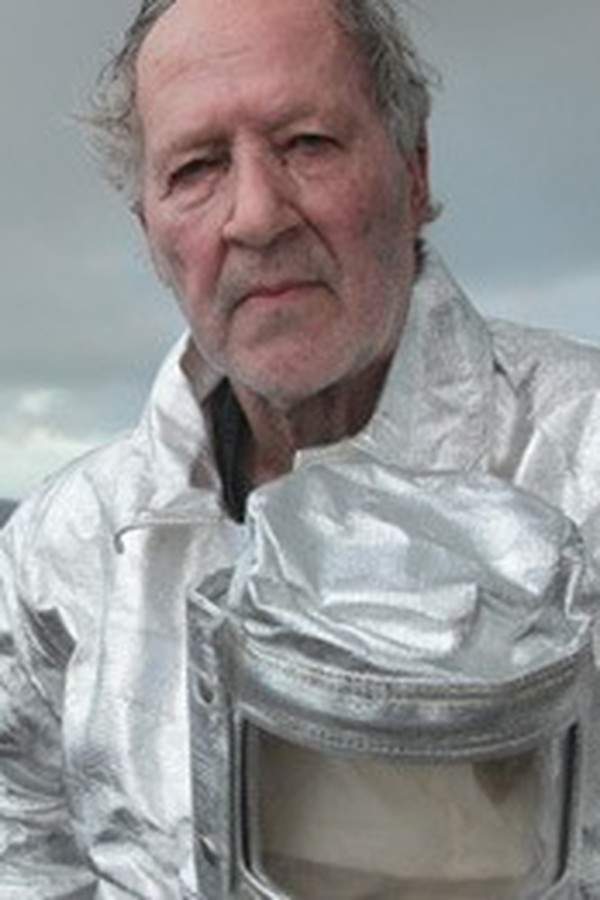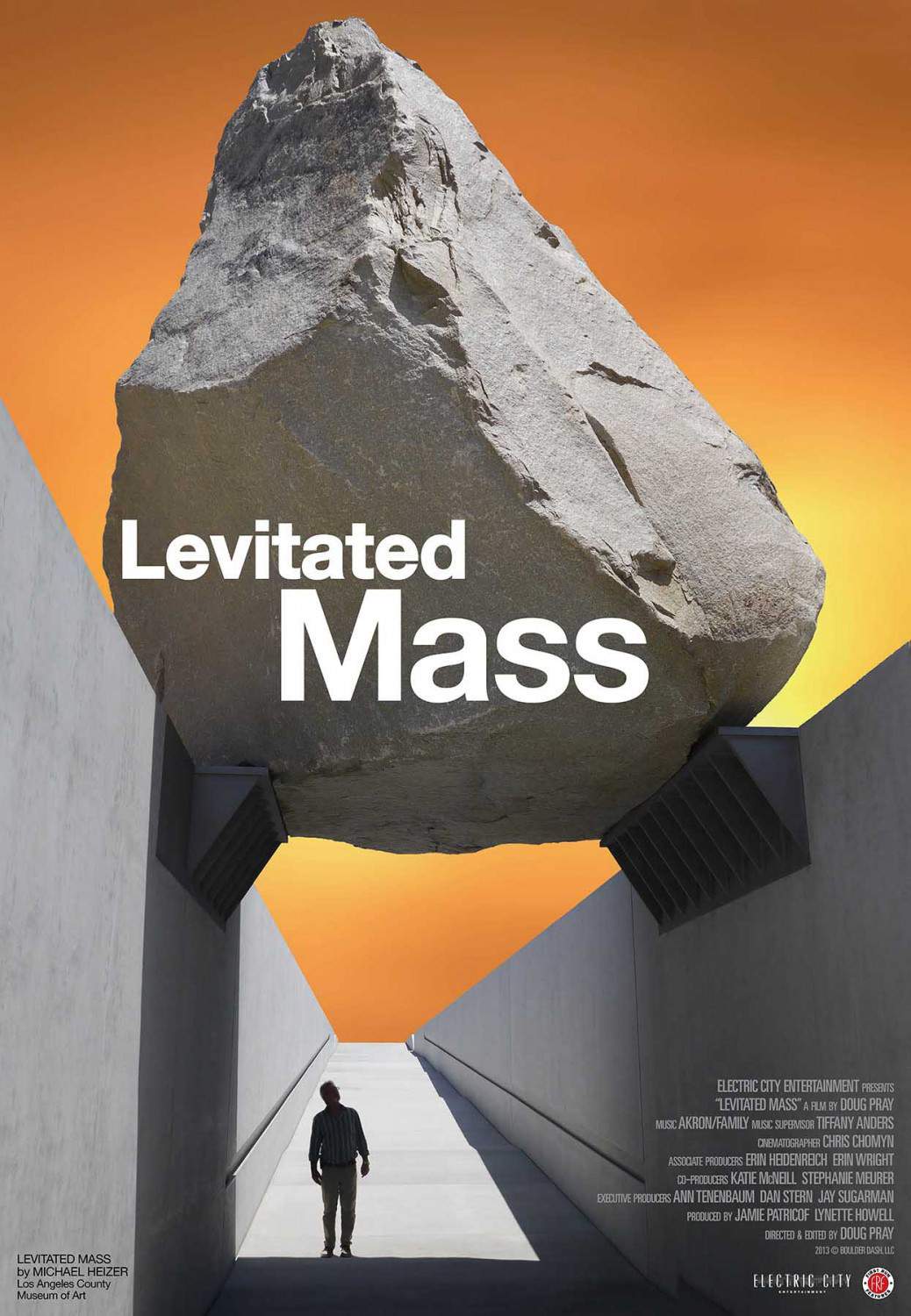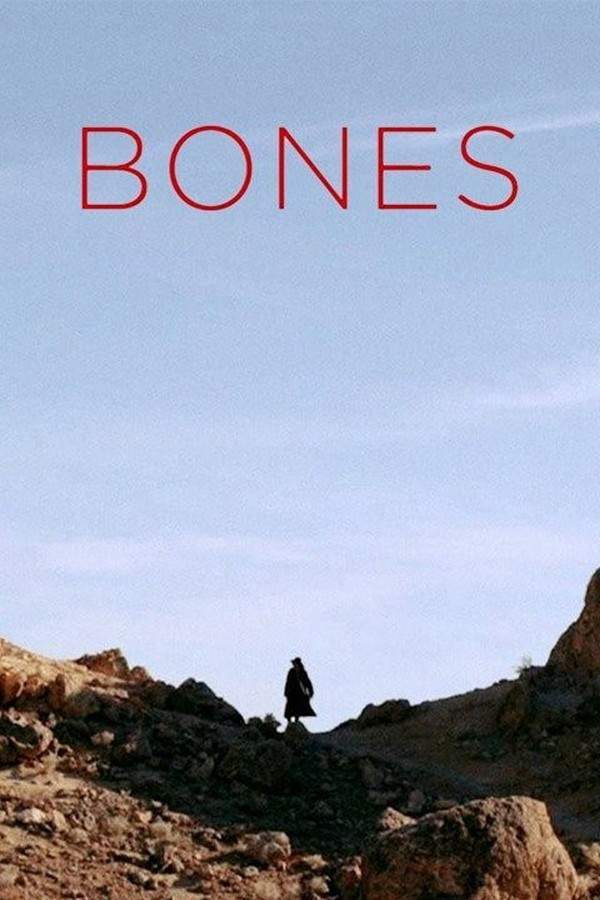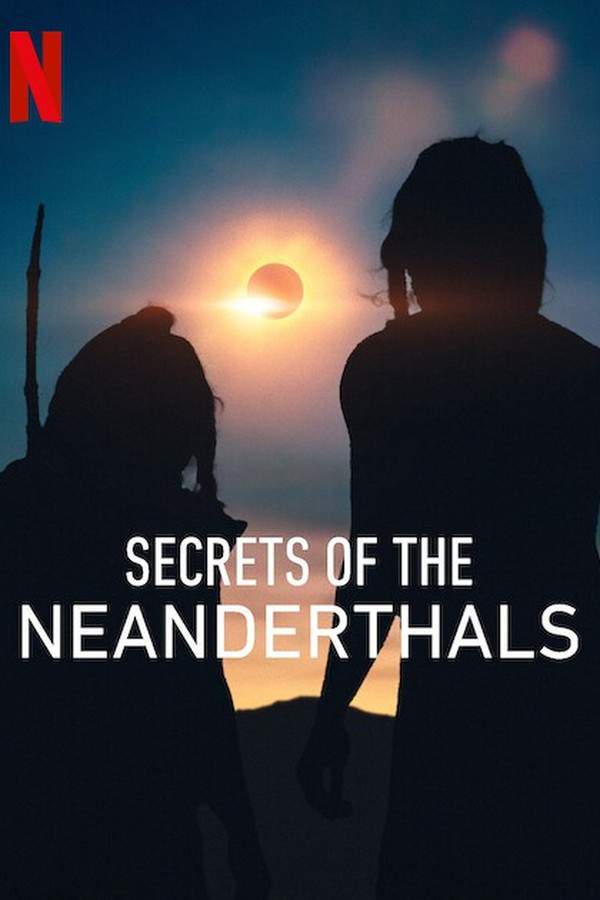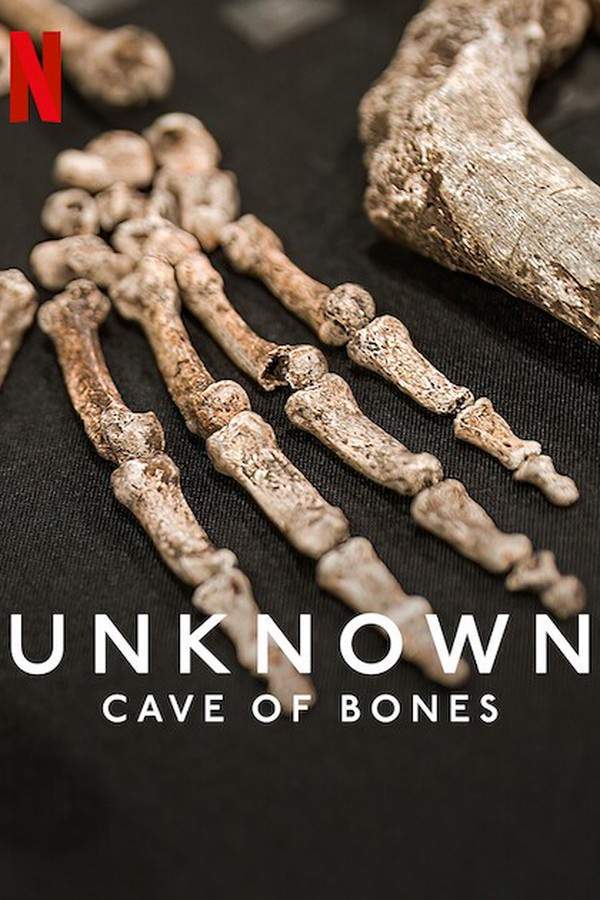
Unknown: Cave of Bones
In South Africa's Cradle of Humankind, paleontologist Lee Berger discovers a remarkable fossil site, considered the oldest non-human graveyard ever found. His team’s investigation of the ancient remains reveals sophisticated burial rituals, prompting a significant shift in our understanding of hominid evolution. The findings challenge existing beliefs about the origins of ritualistic behavior and raise fundamental questions about human history and the development of consciousness.
Warning: spoilers below!
Haven’t seen Unknown: Cave of Bones yet? This summary contains major spoilers. Bookmark the page, watch the movie, and come back for the full breakdown. If you're ready, scroll on and relive the story!
Timeline – Unknown: Cave of Bones (2023)
Trace every key event in Unknown: Cave of Bones (2023) with our detailed, chronological timeline. Perfect for unpacking nonlinear stories, spotting hidden connections, and understanding how each scene builds toward the film’s climax. Whether you're revisiting or decoding for the first time, this timeline gives you the full picture.
Last Updated: October 25, 2024 at 10:47
Explore Movie Threads
Discover curated groups of movies connected by mood, themes, and story style. Browse collections built around emotion, atmosphere, and narrative focus to easily find films that match what you feel like watching right now.
Revelatory Scientific Documentaries like Unknown: Cave of Bones
Films where a major scientific discovery fundamentally changes our understanding of the world.Explore movies like Unknown: Cave of Bones that delve into groundbreaking scientific discoveries. If you enjoyed the steady pacing and neutral tone of this documentary, you'll appreciate these similar films where meticulous research leads to profound revelations about history, nature, or human evolution.
Narrative Summary
The narrative follows a scientific journey, typically starting with a question or an initial discovery. It then tracks the process of investigation—the challenges, the setbacks, and the careful analysis of evidence—culminating in a eureka moment that has significant implications, leaving the viewer with a sense of expanded understanding.
Why These Movies?
Movies are grouped here based on their shared focus on real scientific inquiry, a steady and methodical narrative pace, and the profound emotional impact of a major discovery. They inspire awe and contemplation rather than relying on manufactured drama.
Movies about Ancient Mysteries like Unknown: Cave of Bones
Stories that explore deep history, raising profound questions about human origins and consciousness.Discover films similar to Unknown: Cave of Bones that explore the deep past. If you were captivated by the themes of archaeological discovery, human evolution, and ancient rituals, you will find more contemplative stories here that use history to ask big questions about life and death.
Narrative Summary
These narratives are driven by the unearthing of physical evidence from the ancient world. The discovery process serves as a catalyst for exploring larger philosophical themes about life, death, ritual, and what it means to be human. The journey is often introspective, blending factual investigation with existential wonder.
Why These Movies?
These movies share a common focus on ancient settings or discoveries, a contemplative and sometimes somber mood, and a thematic interest in origins and consciousness. They prioritize thoughtful revelation over action, creating a specific, awe-filled vibe connected to the depths of time.
Unlock the Full Story of Unknown: Cave of Bones
Don't stop at just watching — explore Unknown: Cave of Bones in full detail. From the complete plot summary and scene-by-scene timeline to character breakdowns, thematic analysis, and a deep dive into the ending — every page helps you truly understand what Unknown: Cave of Bones is all about. Plus, discover what's next after the movie.
Unknown: Cave of Bones Summary
Read a complete plot summary of Unknown: Cave of Bones, including all key story points, character arcs, and turning points. This in-depth recap is ideal for understanding the narrative structure or reviewing what happened in the movie.

Characters, Settings & Themes in Unknown: Cave of Bones
Discover the characters, locations, and core themes that shape Unknown: Cave of Bones. Get insights into symbolic elements, setting significance, and deeper narrative meaning — ideal for thematic analysis and movie breakdowns.

Unknown: Cave of Bones Spoiler-Free Summary
Get a quick, spoiler-free overview of Unknown: Cave of Bones that covers the main plot points and key details without revealing any major twists or spoilers. Perfect for those who want to know what to expect before diving in.

More About Unknown: Cave of Bones
Visit What's After the Movie to explore more about Unknown: Cave of Bones: box office results, cast and crew info, production details, post-credit scenes, and external links — all in one place for movie fans and researchers.

Similar Movies to Unknown: Cave of Bones
Discover movies like Unknown: Cave of Bones that share similar genres, themes, and storytelling elements. Whether you’re drawn to the atmosphere, character arcs, or plot structure, these curated recommendations will help you explore more films you’ll love.
Explore More About Movie Unknown: Cave of Bones
Unknown: Cave of Bones (2023) Plot Summary & Movie Recap
Unknown: Cave of Bones (2023) Scene-by-Scene Movie Timeline
Unknown: Cave of Bones (2023) Spoiler-Free Summary & Key Flow
Movies Like Unknown: Cave of Bones – Similar Titles You’ll Enjoy
Bones (2001) Movie Recap & Themes
The Cave (2005) Film Overview & Timeline
Unknown: The Lost Pyramid (2023) Story Summary & Characters
Secrets of the Neanderthals (2024) Plot Summary & Ending Explained
Dawn of Humanity (2015) Detailed Story Recap
Walking with Cavemen (1000) Full Summary & Key Details
Caved In: Prehistoric Terror (2006) Complete Plot Breakdown
The Bone Snatcher (2003) Full Summary & Key Details
Ape to Man (2005) Full Movie Breakdown
Ancient Caves (2020) Full Summary & Key Details
Attenborough and the Mammoth Graveyard (2021) Story Summary & Characters
Secrets of the Saqqara Tomb (2020) Movie Recap & Themes
A Story of Bones (2022) Film Overview & Timeline
Brutes and Savages (1978) Full Movie Breakdown
Prehistoric Planet (1000) Full Movie Breakdown


